Part 1: Introduction
My "philosophy" Stages of development Children as (professional) models?
Part 2: The right equipment
Part 3: The happy photo shoot
Part 4: From baby bump to teenager
Part 5: Taking photos indoors
Part 6: Outdoor photos
Part 7: Family life
Part 8: Tips and tricks (I)
Part 9: Tips and tricks (II)
Part 10: Archiving, editing and presenting children's photos
Text: Jens Brüggemann
Photos: Jens Brüggemann (147), Leonie Ebbert (44), Elli Bezensek (61), Radmila Kerl (26), Ramona Prosch (5), Kay Johannsen (4)
Sketches: Jens Brüggemann (27)
Part 1: Introduction
Photographing children is a beautiful, but at the same time difficult field. Beautiful because few things are as wonderful as the laughter of (frolicking, happy, playing) children.
It's also beautiful because, from a certain age and as long as they enjoy being photographed, children are eager and enthusiastic about it. They are the most grateful models, because they usually feel flattered when they are photographed (and are happy about almost every single photo afterwards)!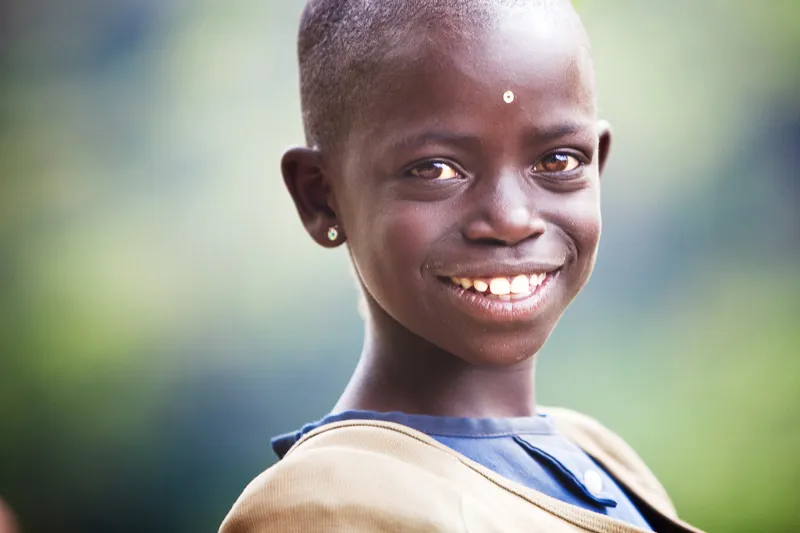
(Photo: Radmila Kerl)
Photographing children is difficult because young models are usually less patient than adults. Motivating the kids is therefore one of the photographer's main tasks.
However, children's photography is also difficult because children are always on the move and therefore place very special demands on us photographers that are similar to those of action or sports photographers.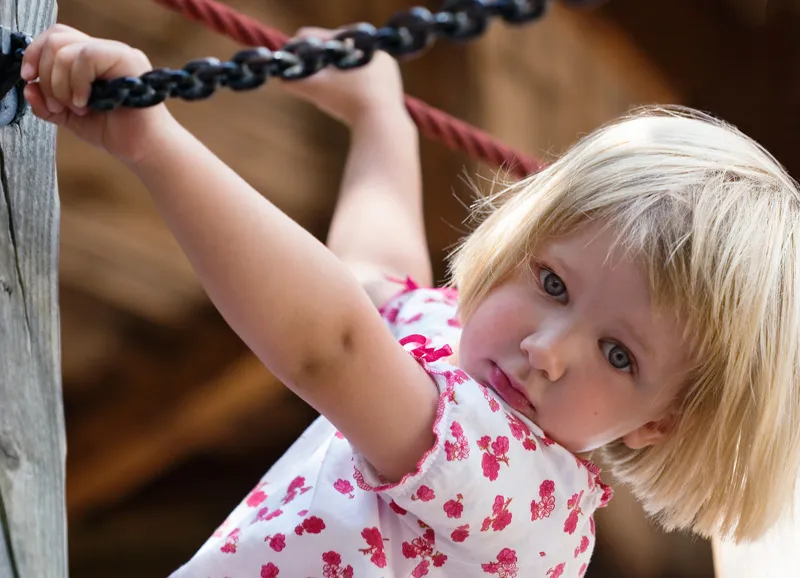
(Photo: Ramona Prosch)
My "philosophy"
First of all, a few comments on photography in general. With the advent of digital photography, the photographer's workflow has changed fundamentally. Even though image retouching and editing on the computer already existed in analog times, when photography was still done on film, "photoshopping" only really became established when almost everyone needed a computer to make digitally photographed images available and visible in the first place.
Today, the computer is an inevitable part of a photographer's work tool (and it doesn't matter whether this activity is practiced full-time, part-time or as a hobby); no less than the camera and lenses. Most photographers spend more time at the computer than behind the camera!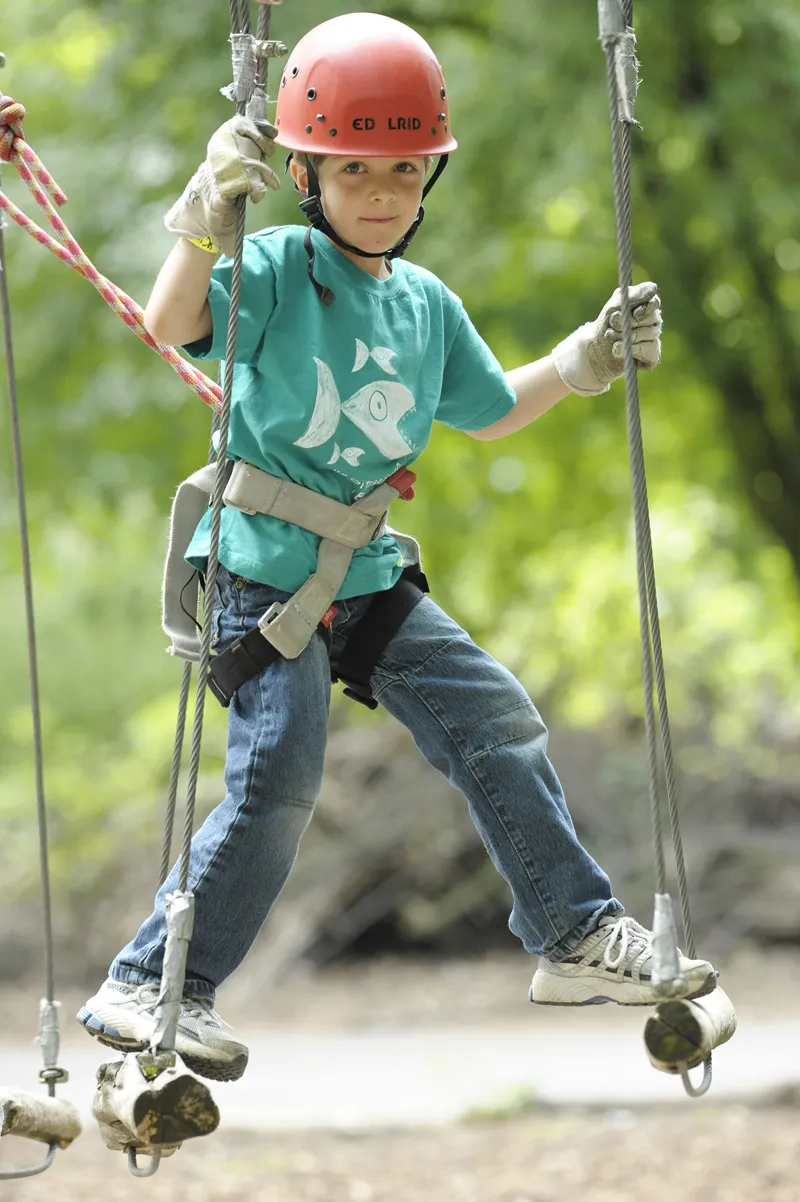
(Photo: Jens Brüggemann)
But is the time spent at the computer always spent on meaningful activities? In my experience, I'm afraid not. It is not uncommon for me to experience at the workshops I run that people deliberately continue to photograph despite errors in the composition or disturbing elements in the background. For example, an unnecessarily large amount of "air" is left above the head in portraits, up to a third of the overall picture; or a carelessly discarded can of Coke is left next to the model instead of taking it away briefly or at least putting it aside outside the picture frame.
The reason given for continuing to take pictures is that these (quite noticeable) mistakes can only be corrected afterwards, during post-processing on the computer ...
Image editing programs, above all Adobe's Photoshop, are "powerful" tools; you can do an incredible number of great things with them. But you can also do all sorts of useless and "cheesy" edits, and the biggest mistake many photographers make is editing their photos too extensively on the computer.
You shouldn't be able to tell that the pictures have been edited, says my assistant Leonie.
In my opinion, it's easier, quicker and more sensible to avoid mistakes at the shooting stage! With a little ambition and a willingness to learn, you can photograph so perfectly within a few months that you can concentrate on the things that are creative, that are fun, that you couldn't achieve through better cropping or other simple means during the photo session.
Who honestly enjoys retouching out a rusty Coke can in all their photos?
On the other hand, creative work on the computer that really tunes the photos, changing them to create artificial worlds, for example, or changing the colors for an artistic expression, or much more, makes sense and is "allowed".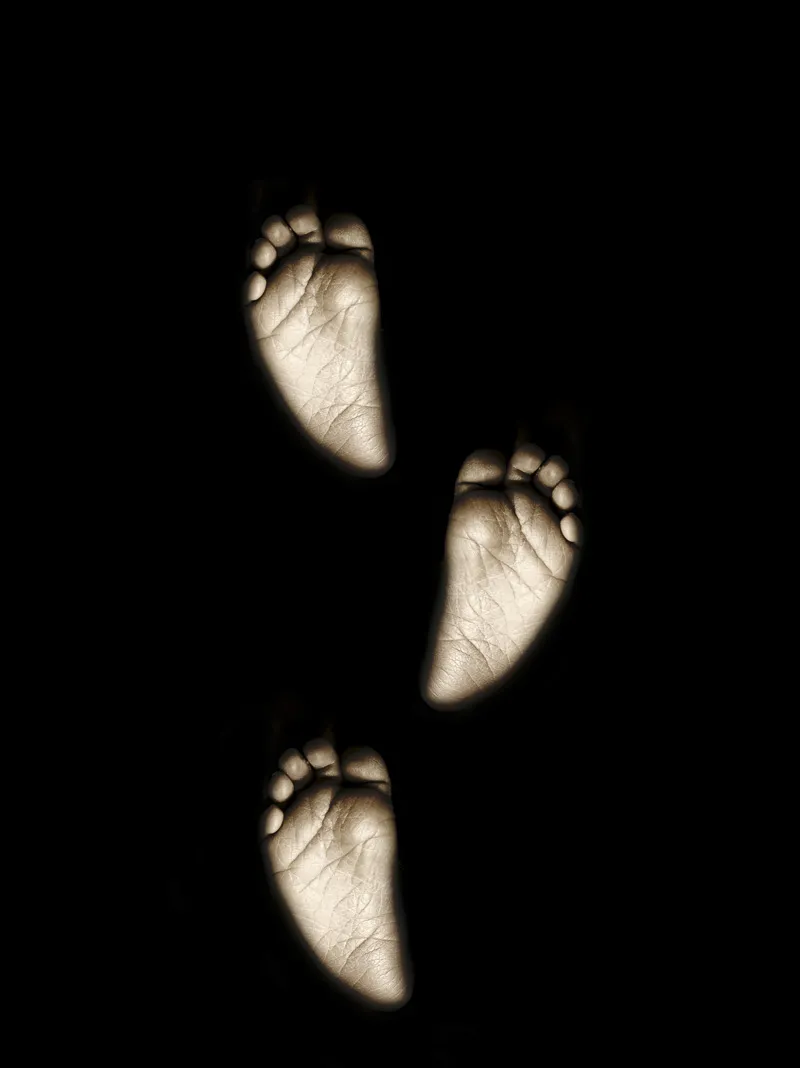
(Photo: Elli Bezensek)
The motto should be: "As little as possible, as much as necessary."
I also often find that many photographers are "technology-blind". They concentrate almost exclusively on their cameras with their 4328 different functions and completely forget what photography is all about: namely seeing, looking, the special moment, the decisive moment. Especially when photographing children!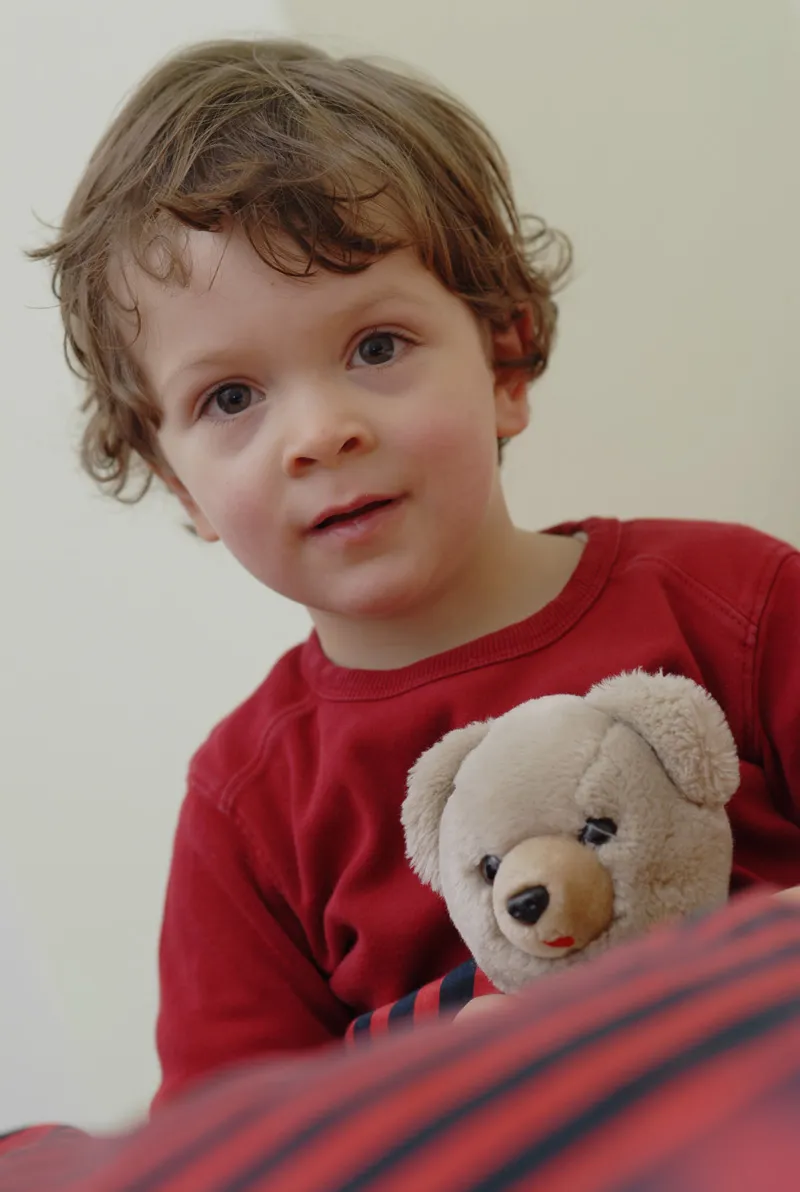
(Photo: Jens Brüggemann)
Stages of development
The "development" of a child is not only interesting for its own parents, outsiders will also follow the changes that a child goes through in the course of its first years of life with great interest.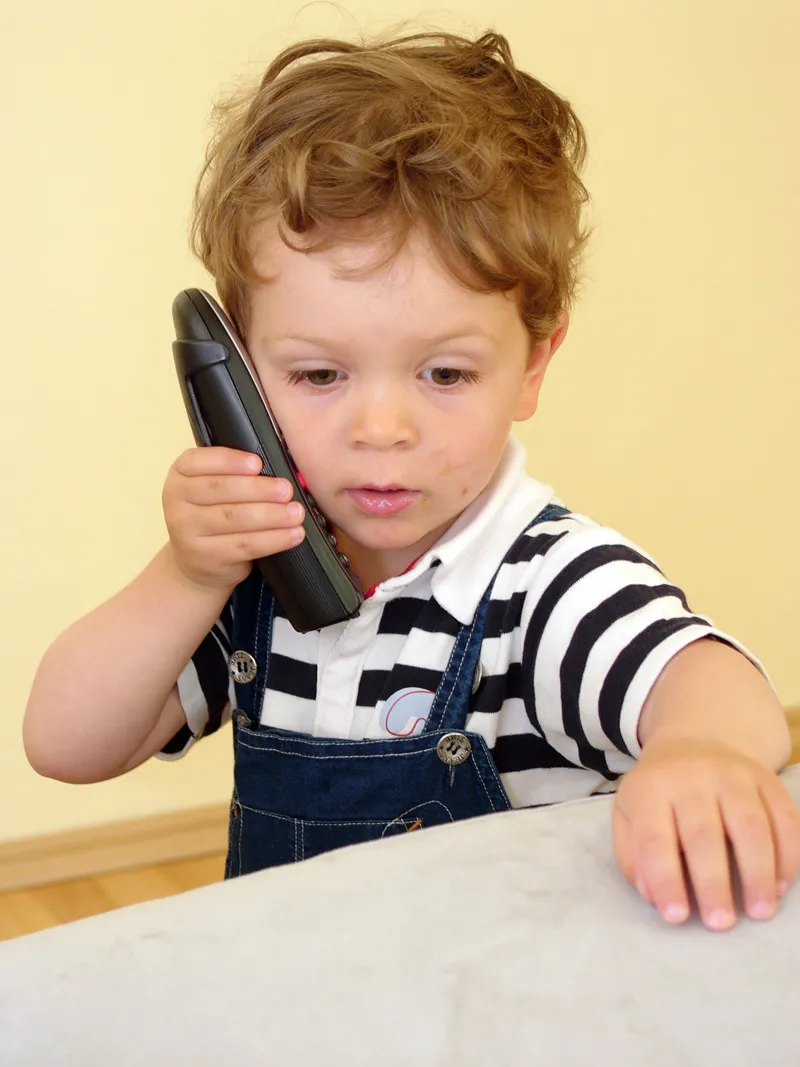
(Photo: Jens Brüggemann)
It's not just about the changes in the little ones' appearance, progress in physical and mental development should also be recorded (as "highlights" of growing up or becoming independent, so to speak).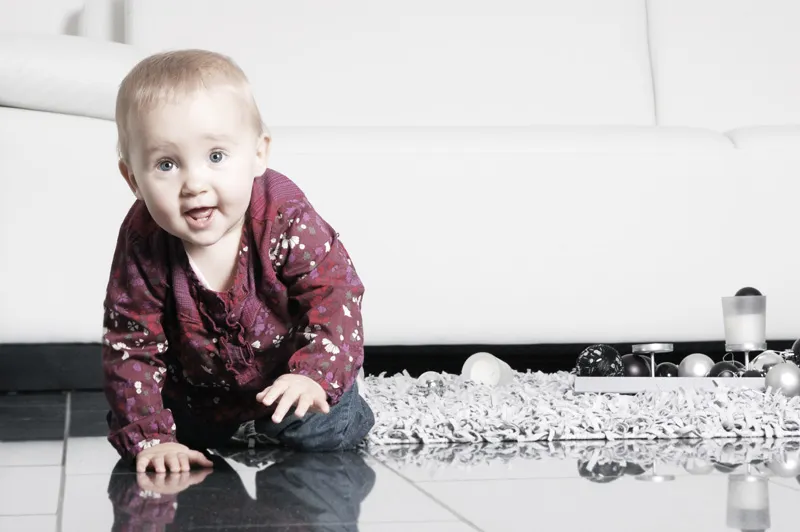
(Photo: Leonie Ebbert)
But even if this almost "documentary" character can be of almost scientific value, you should always remember that you are primarily interested in taking particularly successful photos of your offspring (or other children). We are not aiming for scientifically correct photography that is boring (because it is purely documentary).
Our ambition is too great to create photos that, regardless of the content, are a pleasure for the eye simply because of their creative perspective and design.
(Photo: Leonie Ebbert)
Children as (professional) models? A critical view
Of course, parents are - rightly! - proud when their children smile photogenically and almost professionally into the cameras of the photographing fathers, mothers, grandfathers, grandmothers, uncles or aunts. But not every child can become a supermodel. And do you (as a parent) even want that?
What happens to all the child stars? Is it even good for the little ones' careers if they are driven from shoot to shoot as children instead of romping around in the woods? Doesn't that take away a piece of their childhood?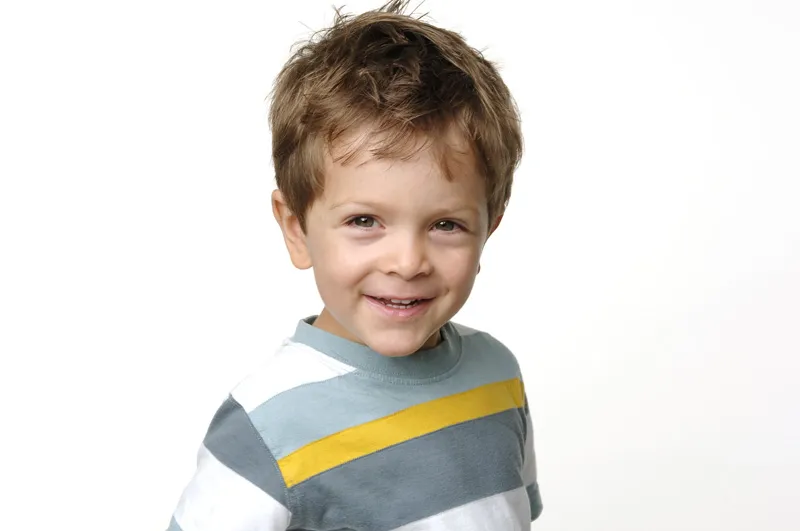
(Photo: Jens Brüggemann)
Surely many kids enjoy dressing up and standing in front of the camera. At first. But when the new "game" becomes work, a duty, when deadlines have to be met and the child model has to "work", even if they don't feel like having their picture taken, then everyone should realize that there are more important things that are more beneficial for the child's development than rushing them from catalog shoot to catalog shoot.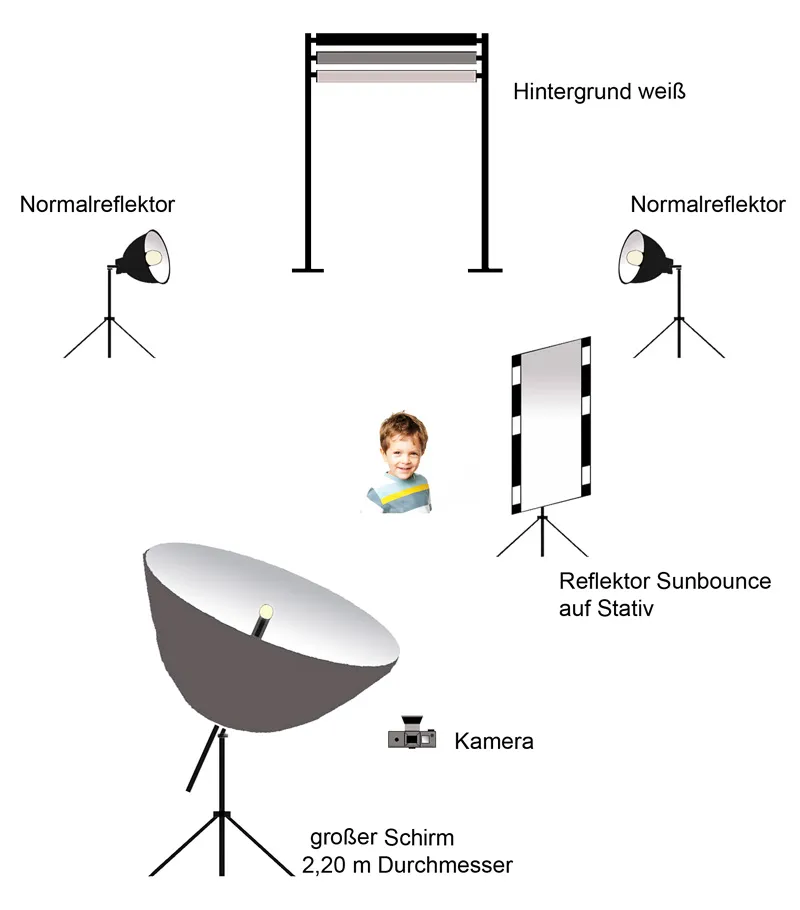
(Sketch: Jens Brüggemann)
I would never expect my son to stand in front of the camera "professionally" on a regular basis. And it's probably bad enough for him if "dad" regularly has his digital camera with him at every family celebration, every outing, every vacation and uses it extensively ...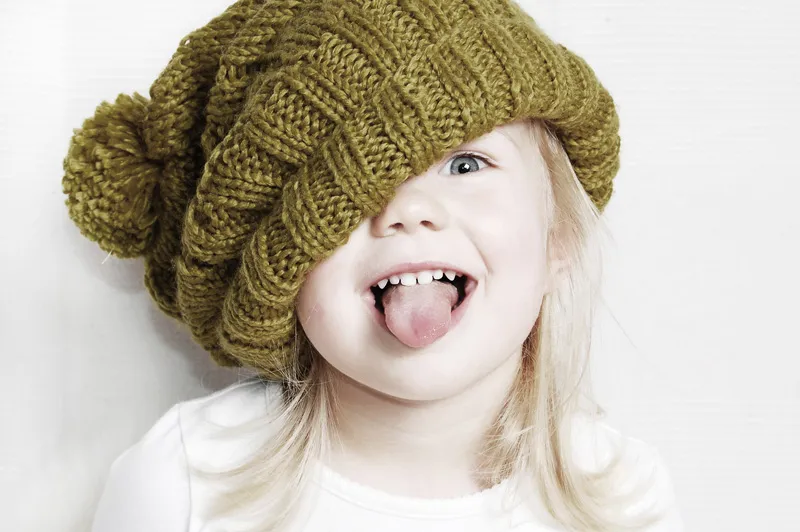
(Photo: Leonie Ebbert)

